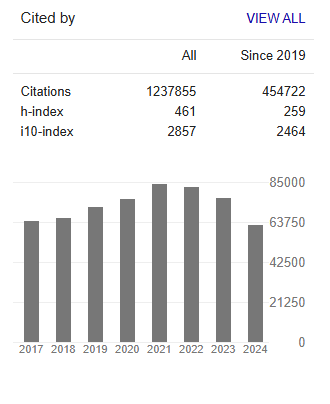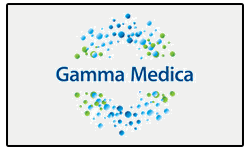Appearance of Aedes Aegypti Mosquito in Alobeid Town, North Kordofan State, September-November 2018, Sudan
Abstract
Hajhamed RM, Fadlala AMA, Dabaka II, Mohammed Elnour SFE, Abdalgadir OM, Abdalmajed MA, Toto TH, Jumma YF, Aljack AG, Almishawi AM
The most breeding of Aedes aegypti mosquitoes were at indoor and outdoor water environments, including waterholding containers such as vases, jars, bathtubs, tires, garden debris, leaves, and flowerpots. The aim of the study was to survey Aedes aegypti larval breeding habitats and analyze vector indices. The survey was conducted in Alobied town, North Kordofan State in the in the selected 17 sites during September–November 2018. The mosquito immature stage including larvae and pupal stage of the genus Aedes were collected from the surveyed positive containers by sweep nets. The finding of the study showed that Aedes aegypti was the only species detected in water containers. Out of 226 houses were inspected a number of 84 houses were found positive. From a total of 784 containers were inspected with 136 containers positive. The House index (HI) during the period from September-November, 2018 was found to be 37.2%, the Breatu index (BI) was 10.7%, and container index (CI) was 17.3% while the pupal per demographic (P/D) was 0.05. No significance differences between Aedes aegypti indices during different months. It can be concluded that Aedes aegypti was prevalent in Alobied town. Urgent need is required for developing community ability to monitor their houses. In addition to health education sessions to provide correct health knowledge and consistent advice about proper behaviors for the community to fight Aedes aegypti vector.




